The Word For Friend has an inspiring message that is impossible to disagree with. The lead character is an anthropomorphic pangolin. To us, a pangolin is a dog-sized version of a roly poly with a long tail. Kemala has just moved to a new place and she doesn’t know the language. The kids in her class don’t speak what she speaks, everything sounds funny and it’s weird to hear the strange new sounds coming from her mouth.
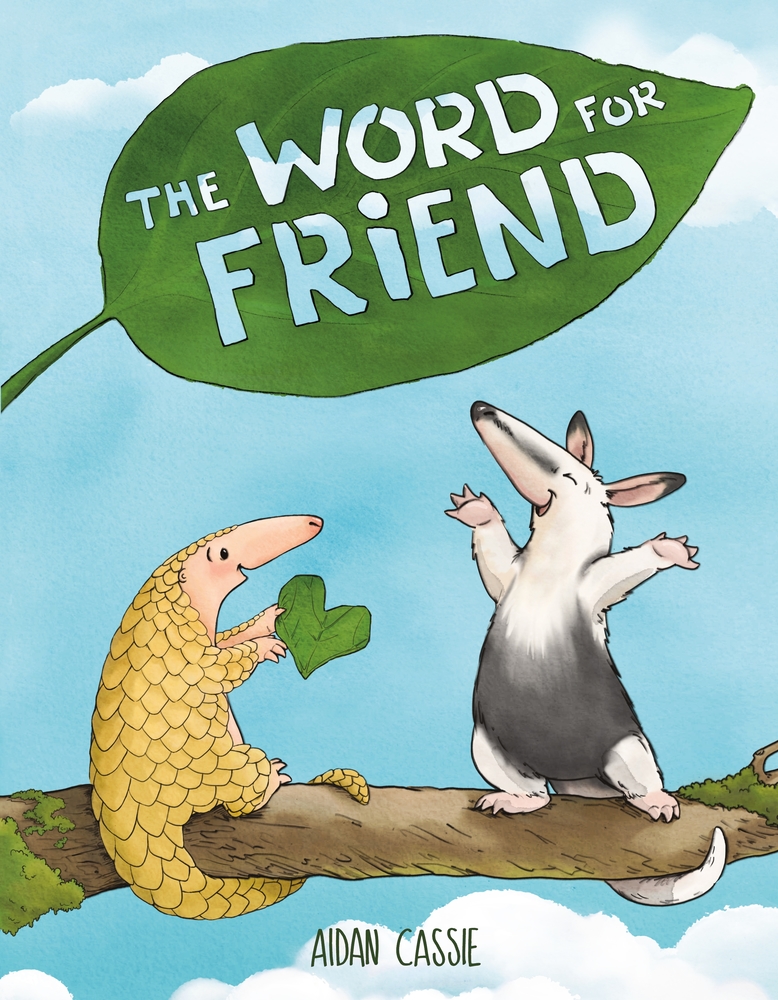
It didn’t start out like this. When she first arrived the town was filled with wonder and untold numbers of new kids to play with. After all, she likes soccer, loves animals and is a friendly, upbeat kid. He mom assures her that even though the kids don’t speak their language that she’ll fit in and have plenty of fun in no time.
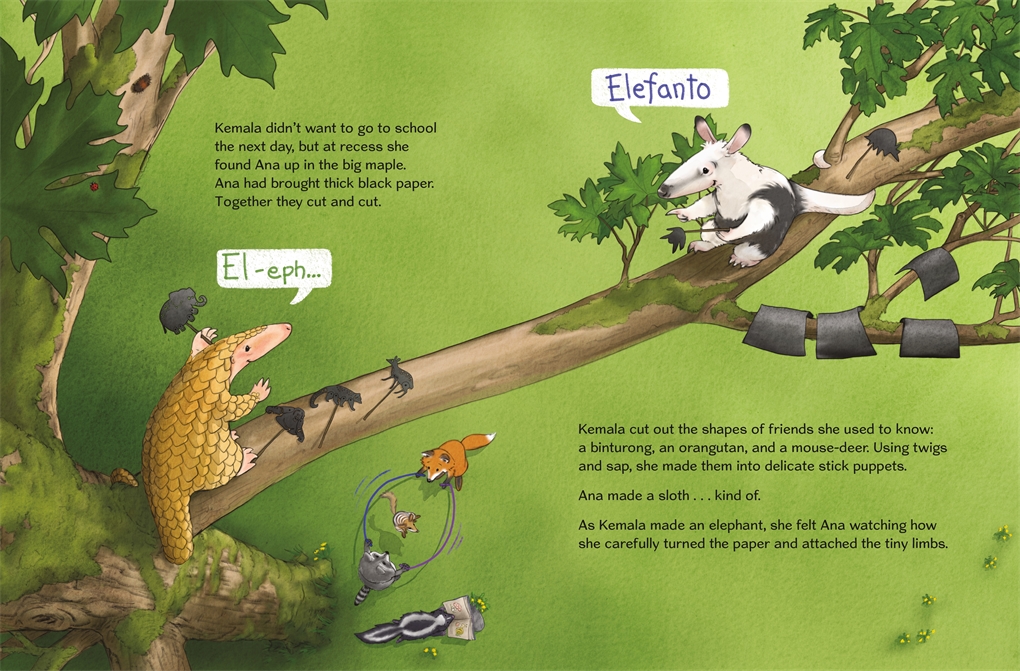
Author/illustrator Aiden Cassie’s illustrations have lots that kids will love while they look at the book. The language that she chose for the new tongue is Esperanto. It’s a language currently spoken by two million people that was created in 1887 as an easy-to-learn worldwide, common language by L. L. Zamenhof. I had heard of Eseranto before, but hadn’t seen any of it written down.
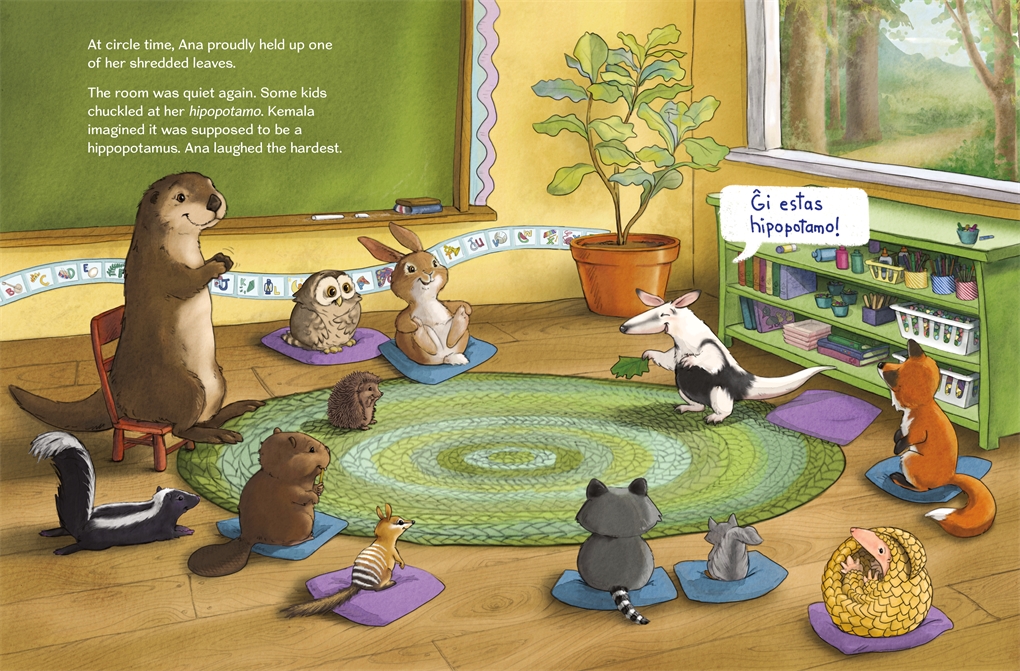
So in that respect, elements of The Word For Friend felt much like Kemala did when she was in school and her friends were talking to her. Some words looked like things that I thought I knew what they were, but it’s different enough to be confusing and unique. If Cassie had chosen a more widely know tongue, say French, Korean or Swahili then those that don’t speak the language would’ve been as polarized against it as those who know it would’ve been. Doing that also would case the book almost exclusively as an English speaker moves to a foreign place book.
Choosing a language that only 0.0256% of the world’s population speaks allows anybody reading the book feel what it’s like to be in a place where you don’t speak the language. This is very effective, but it also might be a cause for some young readers not to pick up the book. Unless they read the liner notes or have an adult assisting them they might think that Esperanto isn’t a real language. It doesn’t have a particular country that speaks it and the lack of something to attribute it to might make them dismissive of it.
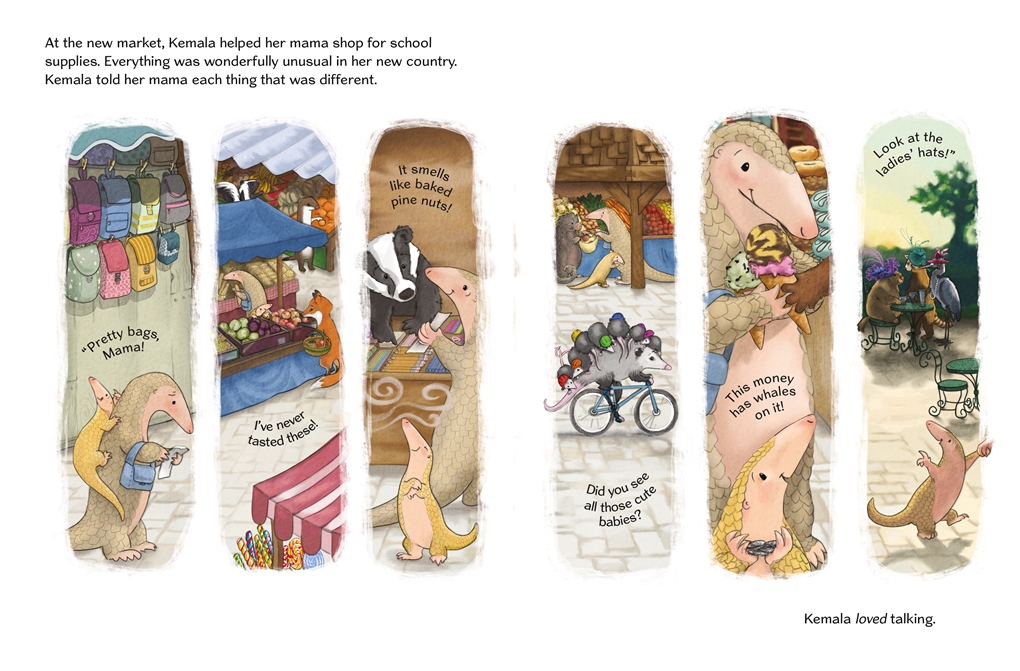
Of course, in the end, Kemala ends up making lots of friends and speaking the new language just fine. It’s a book about friends and making new friends regardless of where you are or what they speak. The situations and uncertainty that she experiences are ones that kids will go through and the way the she deals with them will assist those ages. For most audiences this isn’t a book that they’ll want in their home library.
Once those young readers get the message they might thumb through the book again to look at the animals, but that’s it. It’s the dual curse and blessing of the fact that Esperanto is the new language. There are very few people who know it, thus, unless you’ve got a budding linguist or young wanderlust traveler they won’t care to learn more about it.
There are affiliate links in this post.

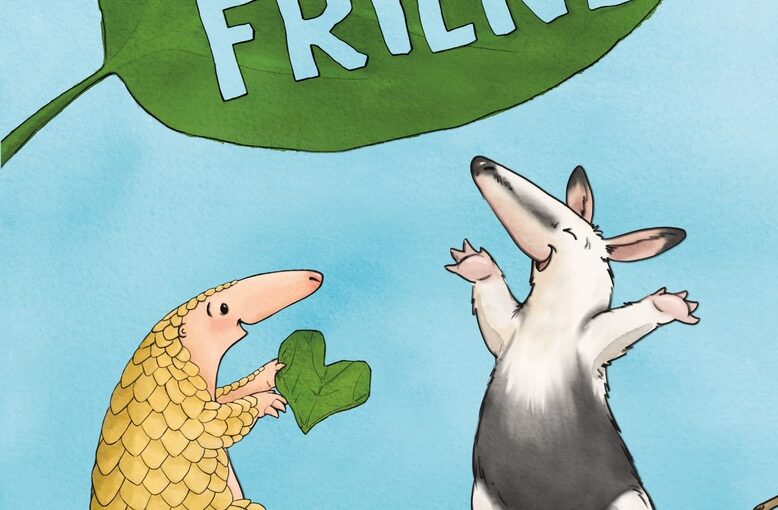



 Facebook
Facebook Twitter
Twitter Flickr
Flickr GooglePlus
GooglePlus Youtube
Youtube